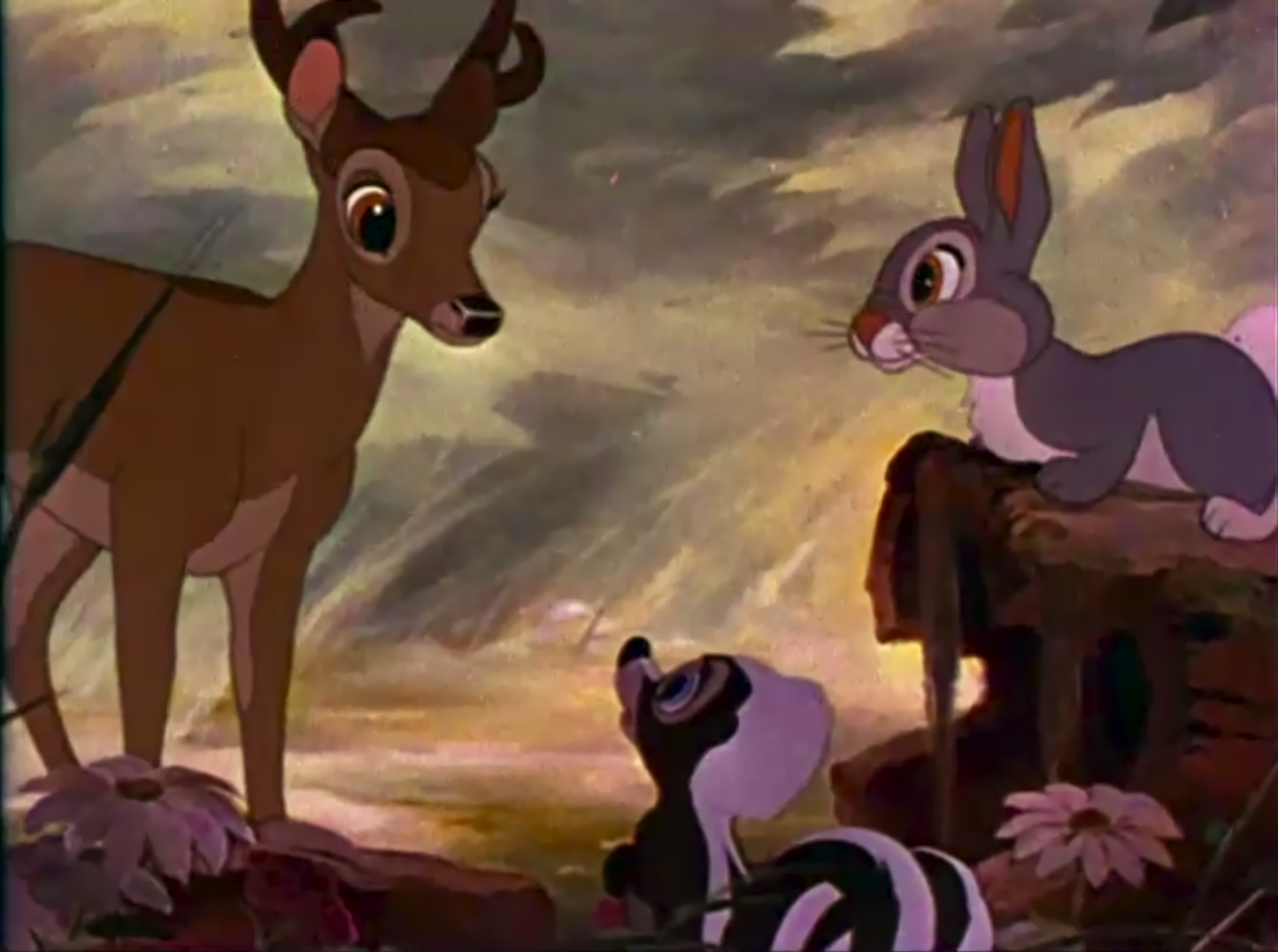Bambi is a beloved story which has entertained people for decades. Though the tale of the deer's life has been enjoyed by generations, many do not know the name of its author.
Felix Salten was a Jewish author born in Budapest whose work was remarkably different from the cute image by which we know Bambi today.
Who was Felix Salten, the author of Bambi?
Born on 6 September 1869 as Siegmund Salzmann, his family moved to Vienna when he was just four weeks old. As a teenager, Salzmann had to drop out of school due to his family's financial difficulties. He started working for an insurance company, while also working on his writing.
His first publication came in 1889 when his poem was included in a literary journal, written under the name Felix Salten.
In 1890, his first novella was published. By 1900, he had published his first collection of short stories. Over the decades at the turn of the century, Salten was a prolific author. He wrote and edited newspapers, magazines and journals. He penned articles, plays, novels, film scripts and essays.
By 1910, he was regarded as one of the best journalists, dramatists and novelists in Austria.
Despite his many publications, one now stands out above all others.
What is the novel Bambi about?
The novel Bambi, A Life in the Woods (Bambi. Eine Lebensgeschichte aus dem Walde) was published as a book in 1923.
It follows the life of a young deer as he navigates the complexities of the forest through his life to old age. The novel sparks conversations about nature, humans and the delicate balance between them.
It is often considered to be one of the first environmental novels, and can also be read as an allegory for Jewish life in Europe. Intriguingly, despite the figure of a hunter being an antagonist in the novel, Salten himself was an avid hunter.
The novel had been serialised in a newspaper in 1922, with Salten considering it to be a tale for adults.
In 1928, an English translation of the novel was published by American writer Whittaker Chambers. He had a limited understanding of Austrian German, so many phrases and idioms were mistranslated. These changes meant that the deeper meaning of the novel was missed, and overall it had a softer tone.
Nevertheless, this translation became enormously popular and became a bestseller. More than 200 editions of the novel have been published since its publication.
How Felix Salten's Bambi became a film
In 1933, Salten sold the film rights for $1,000 to an American film director, who later transferred them to The Walt Disney Company.
The animated film Bambi came out in 1942, as a family film with cute woodland animals. Though some of the plot follows the original novel, it is generally softer and less violent.
By the time the film was released, life had changed drastically for Salten.
The rise of the Nazi Party after the annexation of Austria in 1938 meant that life for Jewish people in Vienna became severely restricted. Salten's books had been banned by Nazi Germany in 1936, but he was spared many of the harshest restrictions, perhaps due to his international reputation.
Salten's own political views were complicated and not easy to categorise. He supported Austro-Hungary during World War I. Later, he admired radical, social, democratic parties, was a proponent of Zionism and even favoured some views of the Austrian authoritarian government.
Salten moved to Zurich, Switzerland with his wife in February 1939, joining his grown-up children there. He had received a visa with the condition that he could not work as a journalist. Salten died in Zurich in October 1945 and is buried in the city's Unterer Friesenberg Jewish Cemetery.
Today, Bambi is the only confirmed publication of Salten's still in print, a testament to the way this story - whether in its original German or the many translations or in its cartoon form - captured the hearts and imaginations of generations.

